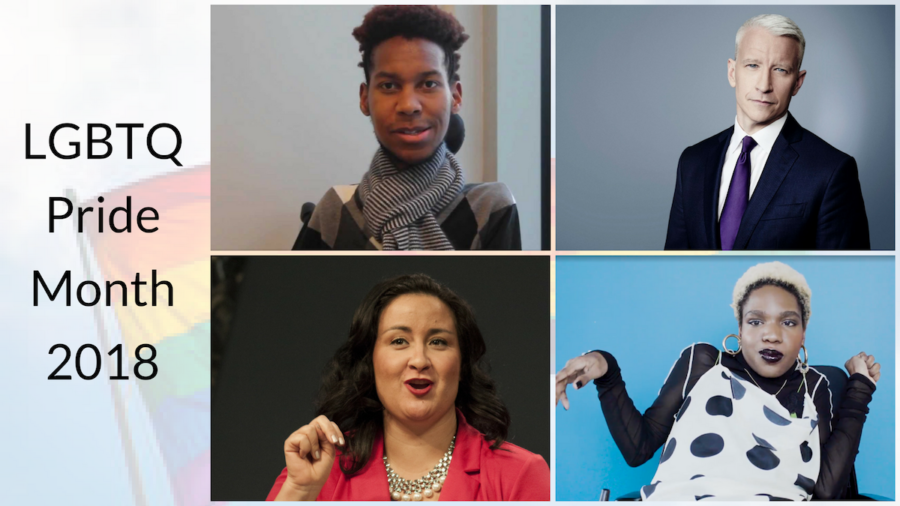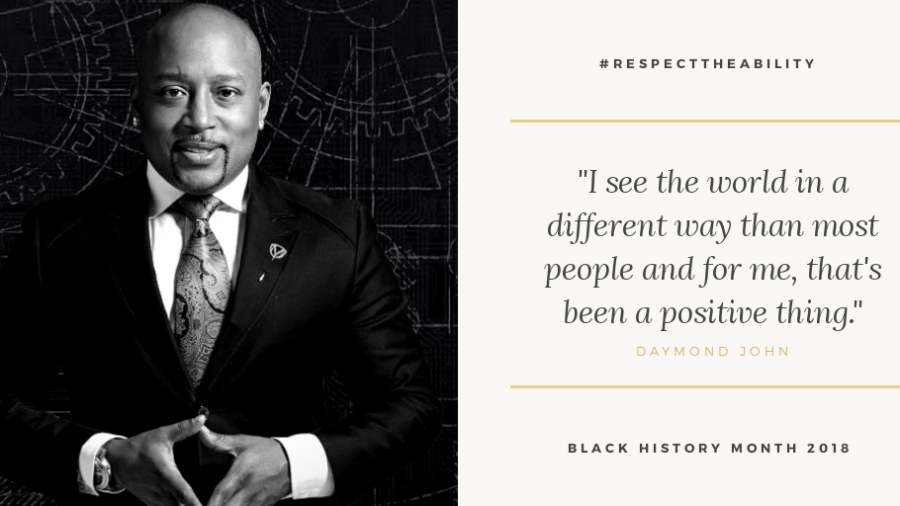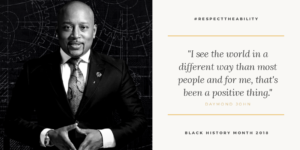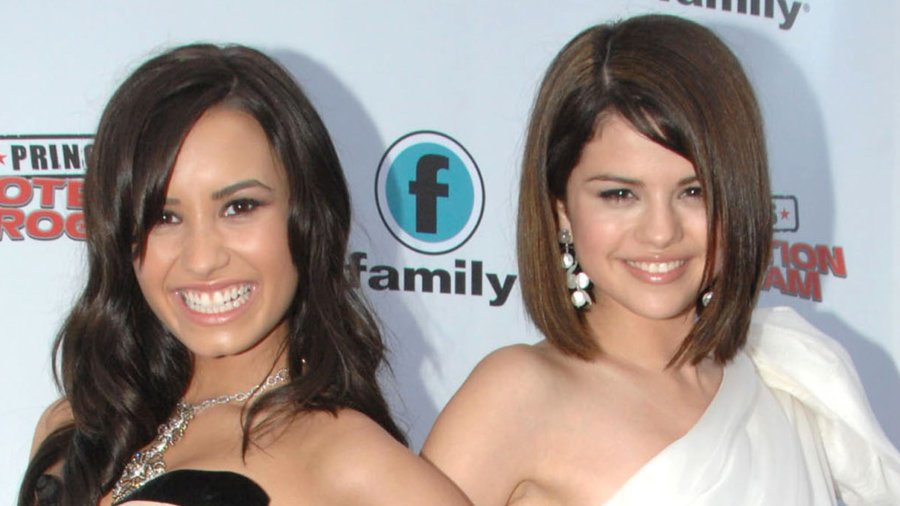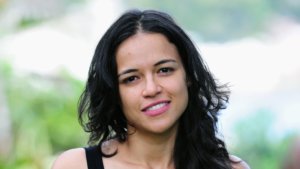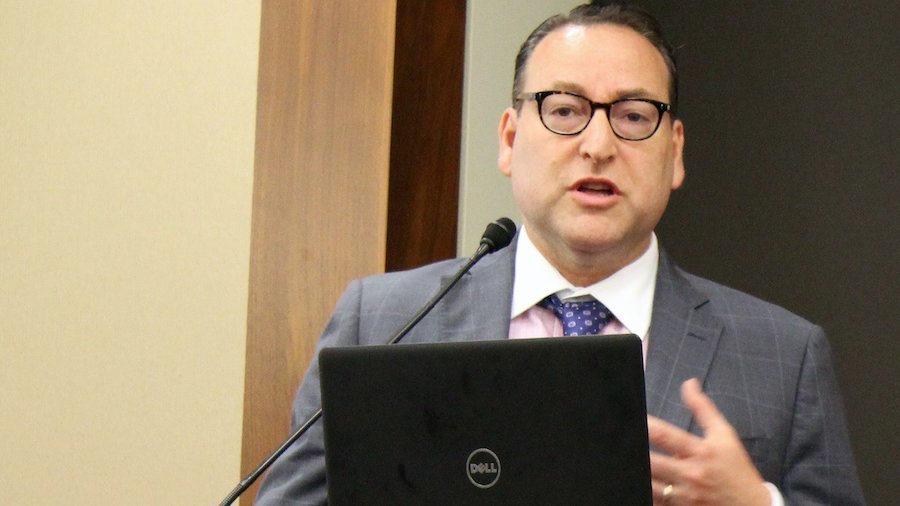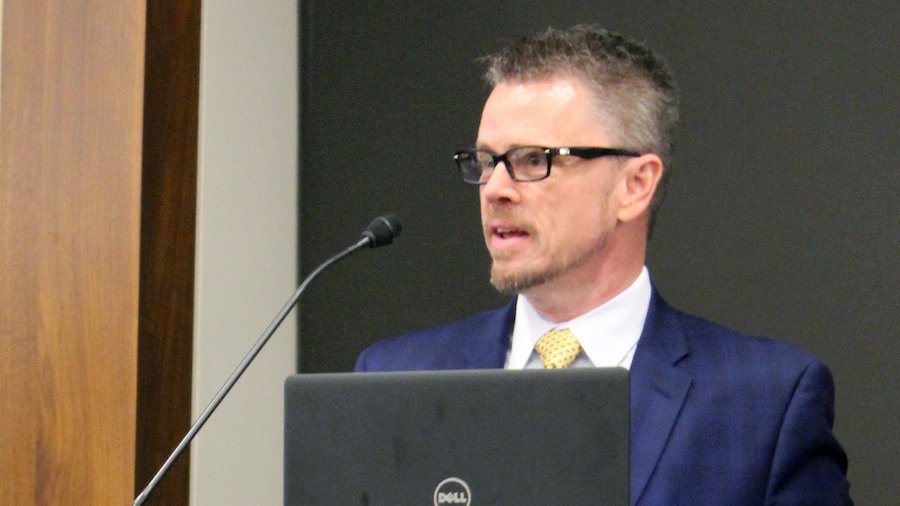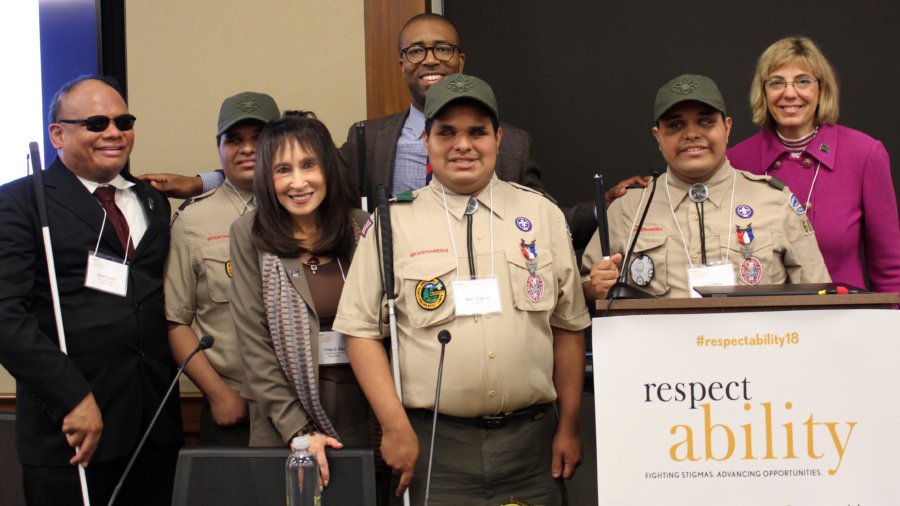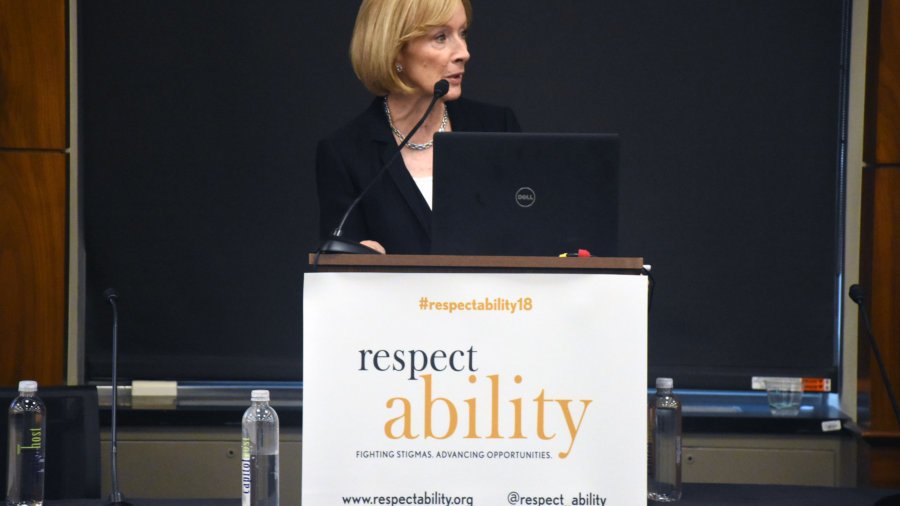Among lesbian, gay and bisexual adults, 30 percent of men and 36 percent of women also identify as having a disability. The disability community intersects with every other minority group, and the LGBTQ community is no exception. The LGBTQ rights movement has made tremendous progress over the past five years, but there is a lot of work left to be done to ensure that LGBTQ people are truly equal.
Both people who identify as LGBTQ and people who have invisible disabilities such as learning disabilities like dyslexia, mental health or ADHD have to decide whether or not to “come out of the closet.” This is not an easy decision for most people because of the uncertainty of whether or not acceptance will follow. LGBTQ youth who come out sometimes are rejected by their families and friends. Some are even kicked out of their homes and forced to live on the streets. According to a University of Chicago report, LGBTQ young adults had a 120 percent higher risk of reporting homelessness compared to youth who identified as heterosexual and cisgender. [continue reading…]


